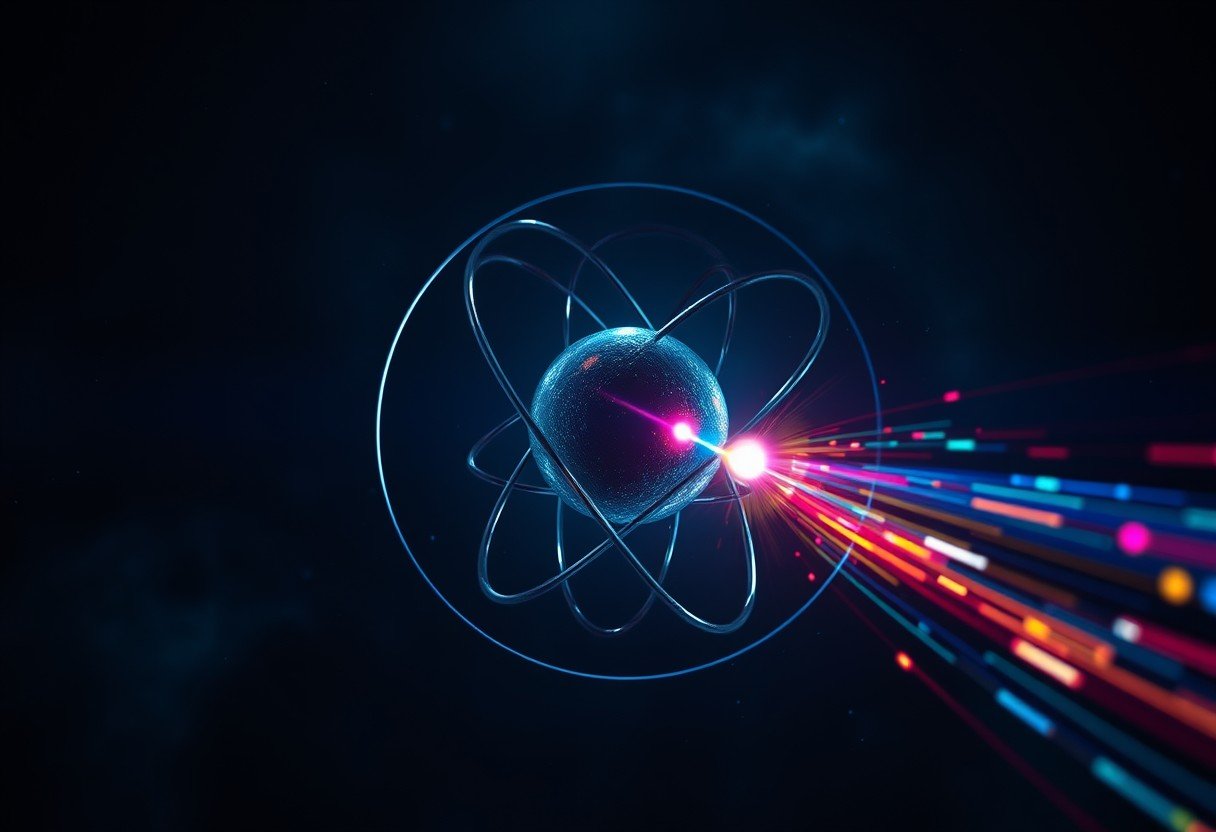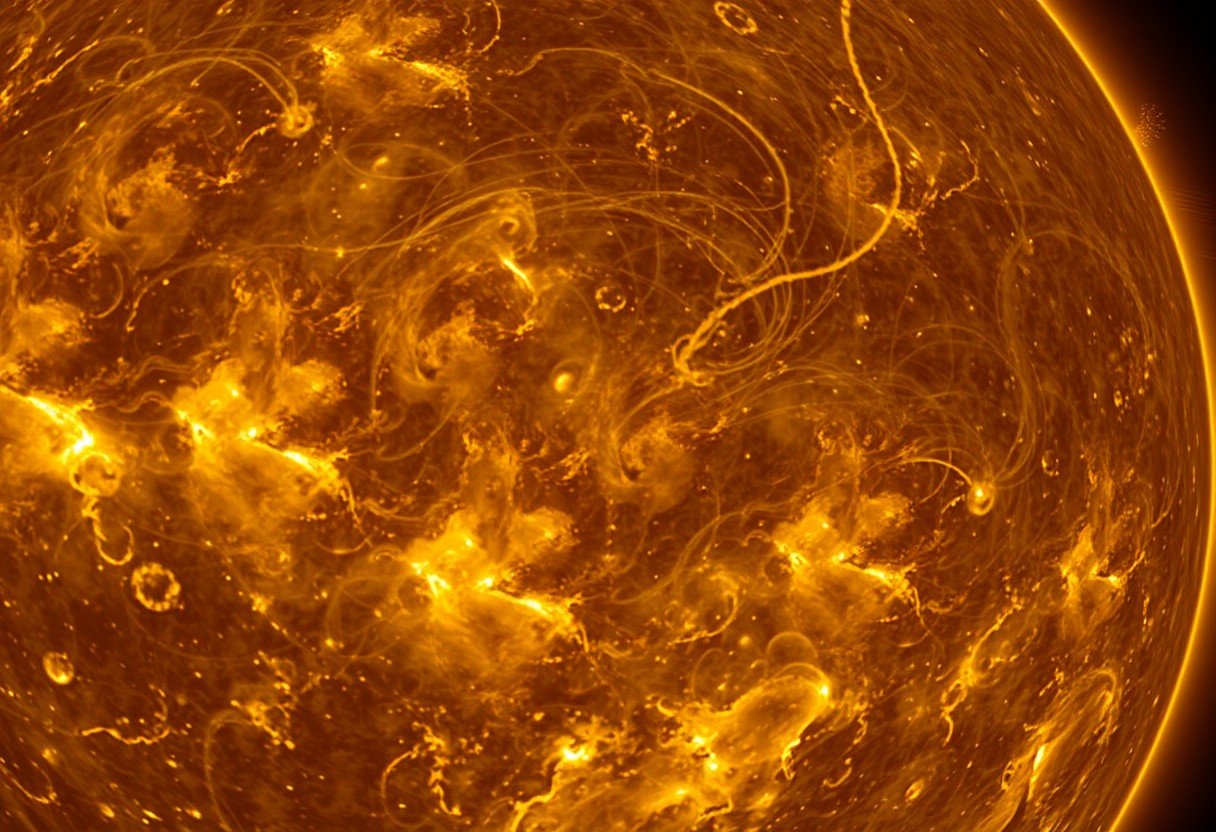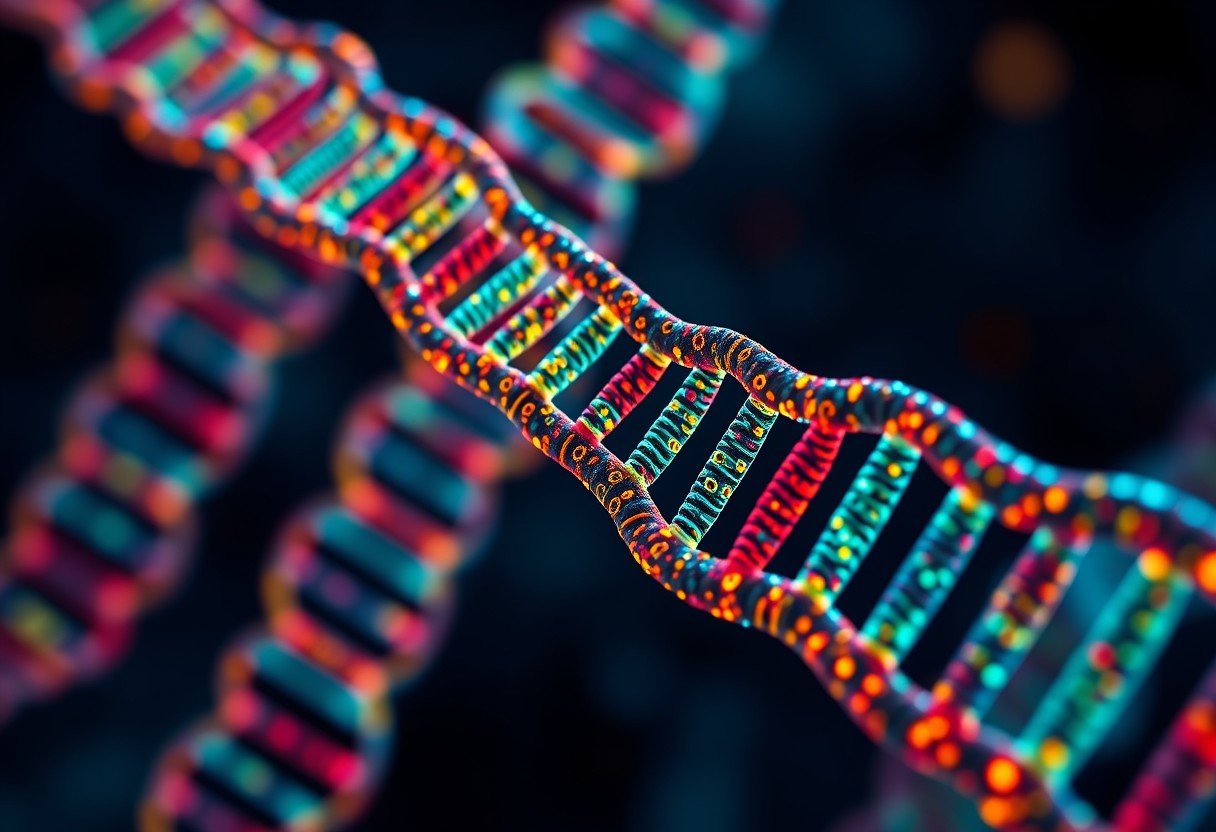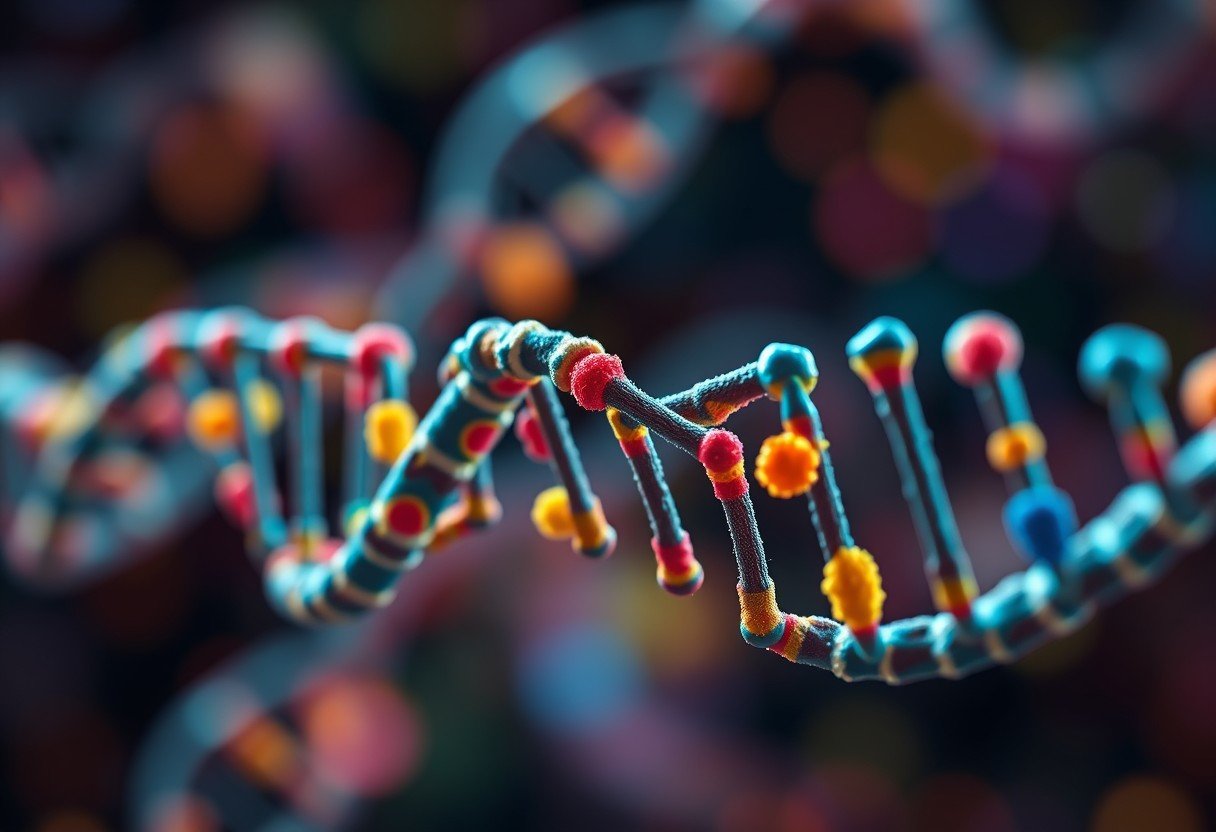Here is a simple guide to what happens when an electron moves between energy levels in the Bohr model of the atom, where it takes place inside atoms, why it matters, who proposed it, when it was introduced, and how photons are absorbed or emitted during the jump. This overview explains the what, why, and how so you can picture electron transitions clearly.
Bohr Model Basics
Niels Bohr introduced this model in 1913 to explain why atoms are stable and why elements show sharp spectral lines. In this picture, electrons occupy fixed energy levels around the nucleus. They do not lose energy while they stay in a permitted level.
Only certain energy levels are allowed, so electrons cannot sit anywhere they want. This rule is called quantization. The energy of each level is fixed, and the difference between two levels sets the energy of light absorbed or emitted.
The model uses a simple rule for angular momentum, written as n times Planck constant divided by two pi. Here n is a whole number that labels each orbit. This is why energy levels are discrete.
This simple idea solved two puzzles at once. It explained stable atoms and it predicted the exact colors seen in hydrogen spectra, which matched lab results.
How Electron Transitions Happen
When an atom gains the right amount of energy, an electron can jump to a higher level. When an atom loses energy, an electron falls to a lower level and light comes out. The color of that light depends only on the energy gap between the levels.
- Absorption: a photon with just the right energy hits the atom, the electron jumps up, and the photon vanishes.
- Excited state: the electron sits in a higher level for a short time, often a tiny fraction of a microsecond.
- Emission: the electron drops to a lower level and releases a photon whose energy equals the gap.
If the incoming light does not match the gap, nothing happens. This is why absorption lines appear at very precise wavelengths.
In gases, collisions can also move electrons between levels. In that case the energy comes from moving particles instead of light.
Energy Quantization And Photon Color
Photon energy equals the difference between the starting and ending levels, and wavelength is set by that same gap. A bigger gap means higher energy and a shorter wavelength. That is why ultraviolet comes from larger drops and red light comes from smaller drops.
| Hydrogen Transition | Energy Difference eV | Wavelength nm | Color Region |
|---|---|---|---|
| n 3 to n 2 | 1.89 | 656.3 | Red |
| n 4 to n 2 | 2.55 | 486.1 | Blue green |
| n 5 to n 2 | 2.86 | 434.0 | Violet |
| n 2 to n 1 | 10.20 | 121.6 | Ultraviolet |
These values match the Balmer and Lyman lines measured in labs. The agreement between math and experiment is why the Bohr model remains a useful teaching tool.
Even though real atoms are better described by quantum wave functions, the link between energy gaps and color still holds and is used across physics and chemistry.
Real World Examples And Uses
Fireworks get their colors from electron transitions in heated metal atoms like sodium and strontium. Neon signs glow when electric energy drives electrons up, then they fall and emit light. Lasers work by setting up a chain of identical drops so many photons of the same color come out together.
- Spectroscopy reads the pattern of lines to identify elements in stars, flames, or gas samples.
- Semiconductor devices control electron energy levels to create light in LEDs and sensors.
- Atomic clocks use very precise transitions to keep time with extreme accuracy.
These tools rely on the same idea. Only certain jumps are allowed, so the light has exact wavelengths that can be measured and used.
From classrooms to labs to space telescopes, electron transitions act like fingerprints that reveal what matter is made of and how it behaves.
Limits Of The Bohr Model
The Bohr model works best for hydrogen type atoms with one electron. It struggles with many electron atoms because electrons interact with each other in complex ways.
It also ignores electron spin, fine details in spectral lines, and effects of strong magnetic fields. Modern quantum mechanics gives a more complete and accurate picture of atoms.
In the fuller theory, electrons are described by orbitals and probabilities rather than little planets on fixed paths. The Schrödinger equation predicts energies and shapes that match experiments across many elements.
Still, the Bohr picture is a clear first step. It builds intuition about quantized energy and how photon absorption and emission work.
Quick Math For Hydrogen Energy Levels
For hydrogen, the energy of level n equals negative 13.6 divided by n squared in electron volts. For example, n equals 2 has energy negative 3.40 eV, and n equals 3 has energy negative 1.51 eV.
The drop from n 3 to n 2 releases 1.89 eV. Using the simple rule wavelength equals 1240 divided by energy in eV, you get about 656 nm, which is deep red light.
This one to one link between energy gap and wavelength is the key to understanding spectra, color, and photon energy in atomic physics.
FAQ
What is an electron transition in the Bohr model?
It is a jump of an electron between two fixed energy levels around the nucleus. The atom absorbs a photon to go up or emits a photon to go down, and the photon energy equals the gap.
How do energy levels create spectral lines we can measure?
Each pair of levels has a fixed energy difference, so the emitted or absorbed light has a single wavelength. This produces sharp lines in spectra that act like an element fingerprint.
Why does hydrogen show the Balmer series in visible light?
Drops that end at level n 2 in hydrogen have gaps that match visible wavelengths. That is why we see red, blue green, and violet lines like 656 nm and 486 nm.
What makes some photons ultraviolet while others are red?
Larger energy gaps create higher energy photons with shorter wavelength, such as ultraviolet. Smaller gaps make lower energy photons with longer wavelength, such as red light.
Can collisions cause electron transitions without light?
Yes. In hot gases or electric discharges, particle collisions transfer energy to electrons. The electron can jump up, then later fall and emit a photon.
Where does the Bohr model fall short for real atoms?
It does not handle many electron atoms, spin, or fine details in magnetic fields. Quantum wave models with orbitals provide accurate energies, shapes, and spectra for complex systems.









Leave a Comment